A Guide to the Japanese School System
One of the world’s best-educated populations is in Japan. That has been proven for years now! In fact, Japan was ranked 11th in a perception-based global survey in 2019. The land of the rising sun is undoubtedly one of the most literate and advanced nations worldwide. In 2017, a total of 267,042 international students in the country was recorded. And that was 11.6% higher than the previous year! The number of international students enrolling in Japanese educational institutions continuously increases through the years.
With the Ministry of Education, Culture, Sports, Science, and Technology (MEXT) maintaining the standard of education in the country, curriculums, classes, and textbooks are regulated. Indeed, students around the world seek education in Japan. Even you must be considering studying in Japan yourself! If you’re wondering what distinguishes the quality of education in Japan from other countries, it’s high time you learn about it. Here’s a guide to the Japanese school system:
Table of contents
A Guide to the Japanese School System
These numbers represent the Japanese education: 6-3-3-4. That’s 6 years for elementary school, 3 for junior high school, 3 for high school, and 4 for university, totaling to 16 years of studying. But really, there are a few things to understand about the Japanese school system. The school year is divided into 3 terms: April to August, September to December, and January to March, each separated by spring, winter, and summer holidays.
Schools may differ in systems and teaching methods, but generally, Japanese public schools operate 5 days a week from Monday to Friday. A student’s day can start as early as 8:15 in the morning, and classes end before 16:00. After school hours can be dedicated to club activities! Public schools are free in the country; they don’t require entrance examinations for elementary and junior high school. Regardless, all schools in Japan follow a standard, providing high-quality education for all.
All school organizations are composed of chief executives and teachers. There are different committees for different purposes as well, like the International Exchange Promotion Committee. The cost of education, however, depends on the school. Both public and private schools are available, with the former as the norm. Some parents enroll their children in school as early as 3 years old, while some wait for the 1st April after the kids turn 6. Regardless, education is essential, and Japan excels in providing that. How does their system work?
Pre-primary and Primary School
As mentioned above, students as young as 3 and 4 years old can already start preschool education, which is separated into 2 categories: yōchien (幼稚園) or kindergarten and hoikuen (保育園) or daycare. Pre-primary education is not compulsory in Japan, but parents enroll their kids for the development of their cognitive, social, and emotional skills. Classes are more on interactive play! Through this, kids are also prepped for primary education.
At age 6, kids then start with shōgakkō (小学校) or elementary school, which is compulsory in Japan. From grades 1 to 6, students learn about different subjects such as history, math, and science. Grades 5 and 6 may also be when they start having a foreign language class, specifically English. By the age of 12, students are ready for more years in school with new subjects and systems!
Junior and Senior Secondary School
Students in Japan are required to have 9 years of education. After 6 years in primary school, students proceed to junior high chūgakkō (中学校) or junior high school. From grades 7 to 9, the curriculum includes various subjects such as math, science, social studies, art, physical education, and Japanese. Learning foreign languages also starts at this level. However, only the English language is required as it has been since 2011. Some high schools also offer Chinese, Korean, French, and German language courses.
After 3 years in junior high school, students have several options, including proceeding to high school. Although high school is optional, Japan still has a 96% enrollment rate. This level requires applicants to go through entrance exams, which students get ready for by attending juku (塾) or special preparation schools, also known as cram schools, outside of their regular classes. In high school, the system is departmental, and the curriculum extends to business, accounting, and other specializations.
University
Four-year programs, 2-year colleges, or senmon gakkō (専門学校; professional training college). These are 3 of the options that students in Japan have after graduating from high school. On the one hand, Japanese universities such as the University of Tokyo, Kyoto University, and Osaka University are known as some of the top universities worldwide. They’re also ranked high among universities in Asia! Many Japanese companies set a college degree a minimum requirement, which pushes many students to proceed to university for 4 years after high school.
On the other hand, senmon gakkō or vocational schools require students to complete courses for 2-3 years. There’s a wide range of subjects available, such as film and theater, linguistics, design, agriculture, nursing, fashion, and more! Students can even take these classes while working or studying at university! Earning specialist qualifications also gives students an edge in getting employed.
Conclusion
Japan’s quality education is world-class. No wonder lots of international students aim to study in the land of the rising sun! After years of studying in Japan, you can rest assured that you will be equipped with more than enough knowledge and skills to land and maintain a job anywhere in the world. Whether you’re starting anew in Japan with your family or simply planning to get a degree in a top university, the Japanese school system will definitely cater to your plans. Are you ready for enrollment?
Motto Japan, the community platform to support foreigners with the foundation for life in Japan, including Japanese study, job opportunities, and housing service. Motto Japan Media will provide a wide variety of information for Japanese fans all over the world, to create a cross-cultural environment and enrich the life of foreign residents in Japan!


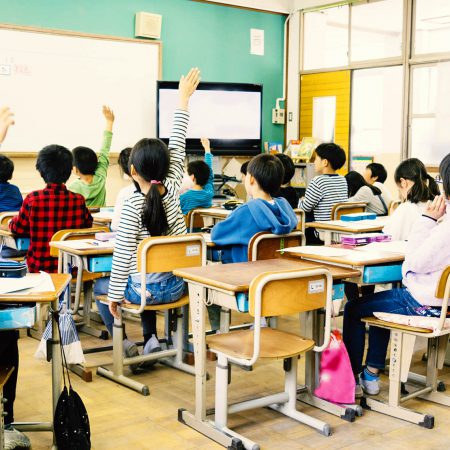
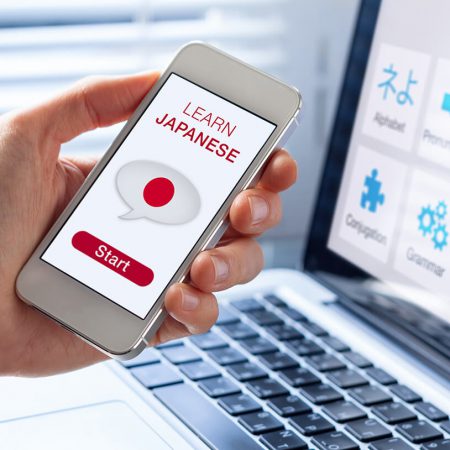
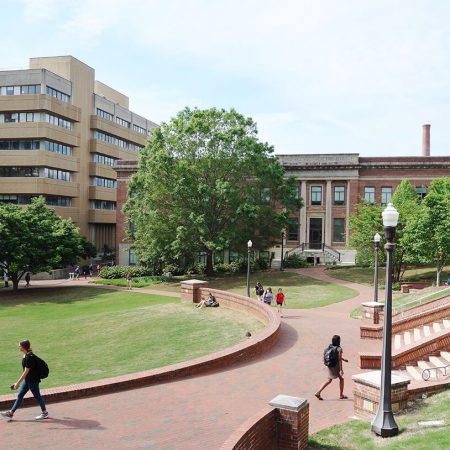
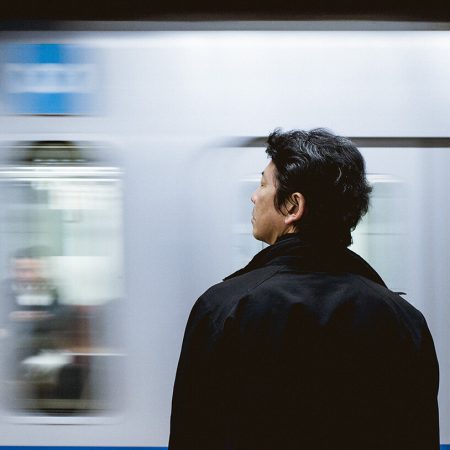
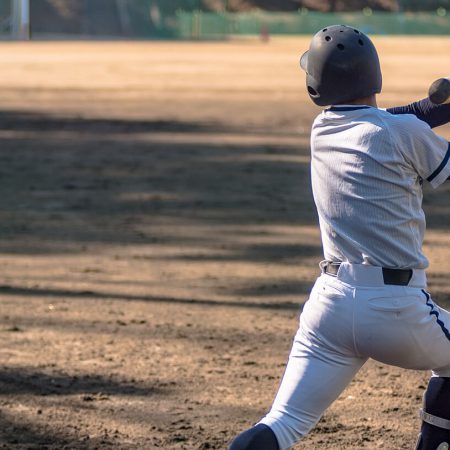
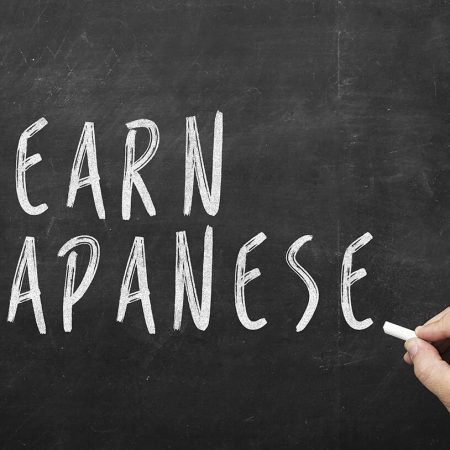





Leave a Reply